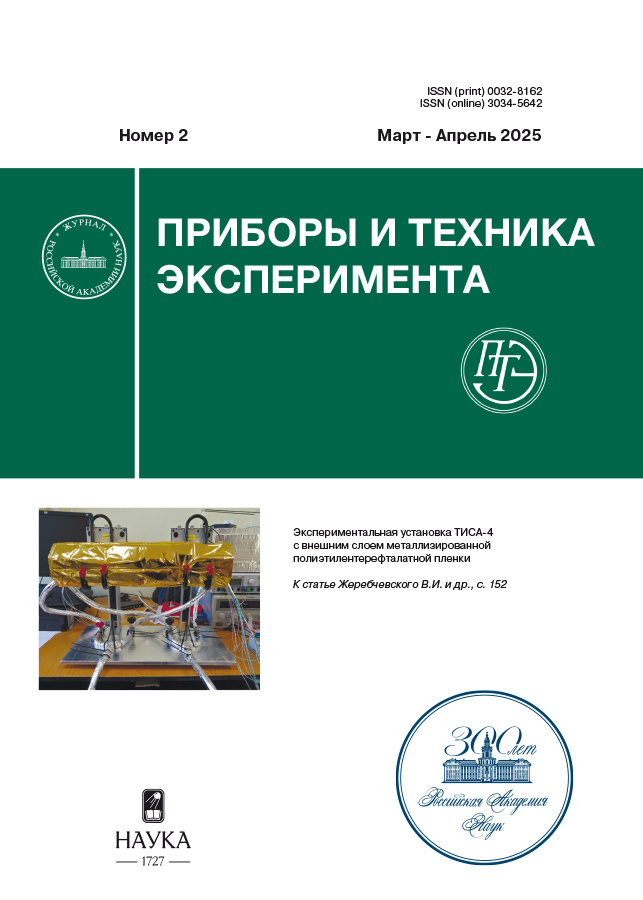Аннотации статей, намечаемых к публикации в журнале ПТЭ
- Autores: Vagina N.M1
-
Afiliações:
- Research Center
- Edição: Nº 2 (2025)
- Páginas: 161-164
- Seção: СИГНАЛЬНАЯ ИНФОРМАЦИЯ
- URL: https://modernonco.orscience.ru/0032-8162/article/view/690637
- DOI: https://doi.org/10.31857/S0032816225020218
- EDN: https://elibrary.ru/gltwto
- ID: 690637
Citar
Texto integral
Resumo
The split-type ultra-high-pressure die with a prism-type cavity is studied by numerical simulation and destructive experiments, which is used for synthesizing super-hard materials and scientific research. The relationship between the split angle and cylinder stresses, stress characteristics, and ultimate pressure-bearing capacity is analyzed. In split-type dies, the divided bodies are pressed together, providing significantly improved massive and lateral support effects, which effectively minimize cylinder stress. The simulation results demonstrate that an increase in the split angle of the cylinder leads to a corresponding decrease in cylinder stress. The stresses in the radial split-type cylinder with a prism-shaped cavity are significantly lower compared to those in belt-type and tangential split-type cylinders. The inner wall of the split-type cylinder, which is flat, bears compressive stresses in the circumferential, radial, and axial directions, resulting in a stress condition that closely resembles the hydrostatic stress state, which is an optimal condition for tungsten carbide material. The pressure-bearing capacities have been verified through destructive experiments and the results indicate that the split-type dies are capable of bearing higher pressures. The split-type ultra-high-pressure die introduces a novel idea and approach to achieving a higher ultimate pressure-bearing capacity and a larger cavity.
Sobre autores
N. Vagina
Research Center
Autor responsável pela correspondência
Email: iet@kapitza.ras.ru
Moscow, Russia
Bibliografia
Arquivos suplementares










